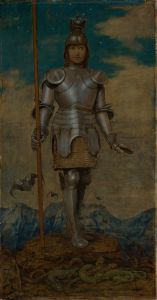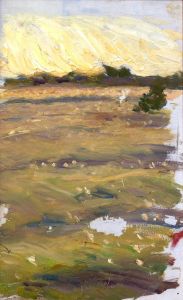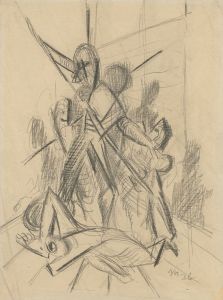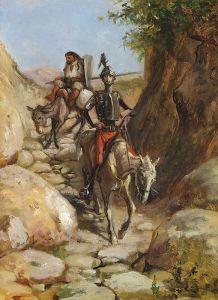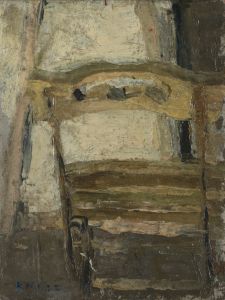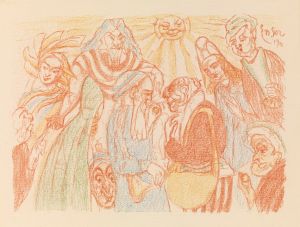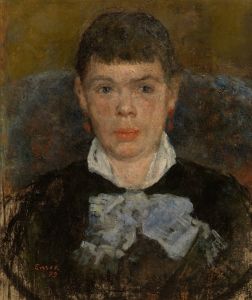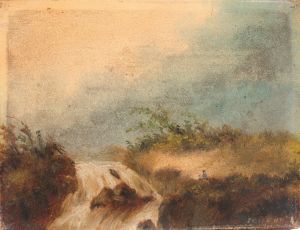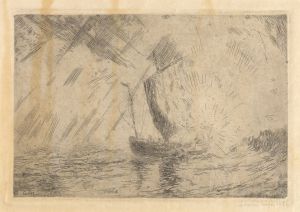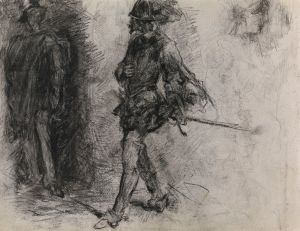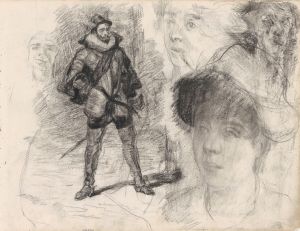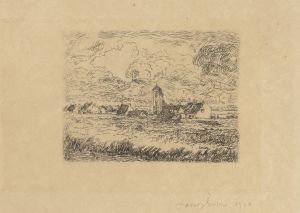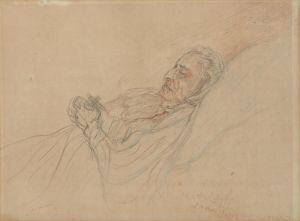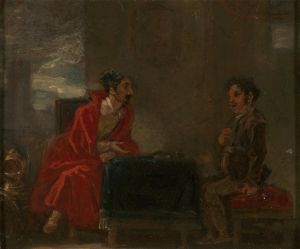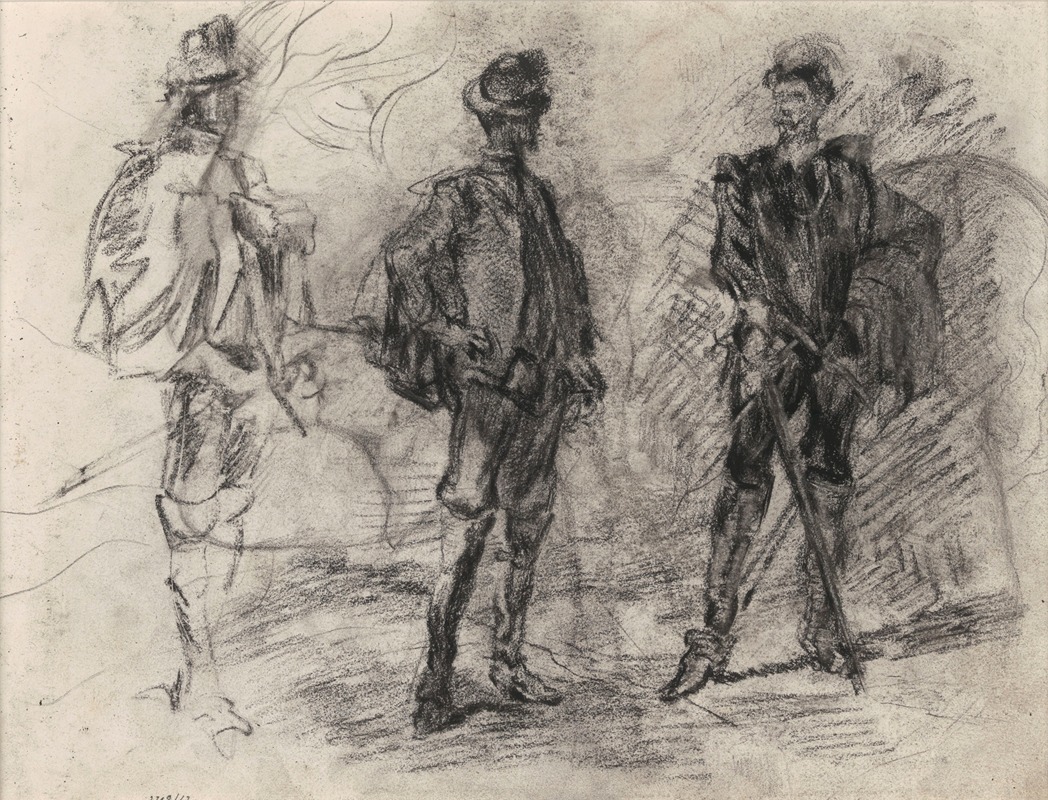
Don Quixote
A hand-painted replica of James Ensor’s masterpiece Don Quixote, meticulously crafted by professional artists to capture the true essence of the original. Each piece is created with museum-quality canvas and rare mineral pigments, carefully painted by experienced artists with delicate brushstrokes and rich, layered colors to perfectly recreate the texture of the original artwork. Unlike machine-printed reproductions, this hand-painted version brings the painting to life, infused with the artist’s emotions and skill in every stroke. Whether for personal collection or home decoration, it instantly elevates the artistic atmosphere of any space.
James Ensor, a Belgian painter known for his eccentric and avant-garde style, created a work titled "Don Quixote" that reflects his unique artistic vision. Ensor was a prominent figure in the Symbolist movement, and his works often explore themes of fantasy, satire, and the grotesque. His painting "Don Quixote" is no exception, as it embodies his fascination with the absurd and the fantastical.
Ensor was born in 1860 in Ostend, Belgium, and spent most of his life there. He was influenced by the coastal town's vibrant atmosphere and the eclectic mix of objects in his family's curiosity shop. These influences are evident in his work, which often features a blend of reality and imagination. Ensor's style is characterized by bold colors, expressive brushwork, and a penchant for the bizarre, all of which can be seen in his depiction of Don Quixote.
The character of Don Quixote, originally from the novel by Miguel de Cervantes, is a fitting subject for Ensor. Quixote is a nobleman who becomes a self-styled knight-errant, embarking on a series of adventures that blur the line between reality and illusion. This theme resonates with Ensor's artistic approach, as he often depicted scenes that challenge the viewer's perception of reality.
In Ensor's "Don Quixote," the artist captures the essence of the character's delusional grandeur and idealism. The painting likely features Ensor's signature use of vivid colors and dynamic composition, drawing the viewer into Quixote's world of imagination. Ensor's interpretation of the character may emphasize the absurdity and pathos of Quixote's quest, reflecting the artist's interest in the human condition and the folly of grandiose ambitions.
Ensor's work, including his depiction of Don Quixote, is often seen as a precursor to modern art movements such as Expressionism and Surrealism. His willingness to experiment with form and content, as well as his exploration of psychological and existential themes, paved the way for later artists who sought to break free from traditional artistic conventions.
While specific details about Ensor's "Don Quixote" painting, such as its exact composition and current location, may not be widely documented, the work remains an important part of his oeuvre. It exemplifies his ability to infuse classical themes with his distinctive style, creating a bridge between the past and the burgeoning modern art movement.
Ensor's legacy as an artist is marked by his innovative approach and his ability to capture the complexities of the human experience. His "Don Quixote" serves as a testament to his skill in blending narrative and visual art, offering a unique perspective on a timeless literary figure.





